Parallel Lines
Parallel lines are two or more lines that are always the same distance apart and never intersect. In other words, they have the same slope and will never meet. When two lines are parallel, they have the same angle measurements and will never converge.
Characteristics of Parallel Lines
- Always have the same slope
- Never intersect
- Have the same angle measurements
- Are always the same distance apart
Symbol for Parallel Lines
The symbol for parallel lines is ∥. For example, if line AB is parallel to line CD, it is written as AB ∥ CD.
Examples of Parallel Lines
Examples of parallel lines can be found in everyday objects, such as the sides of a rectangular picture frame, railroad tracks, and the edges of a book.
Parallel Lines Theorem
The Parallel Lines Theorem states that if a transversal intersects two parallel lines, then the corresponding angles are congruent (i.e., they have the same measure).
Study Guide
Here are some key points to remember when studying parallel lines:
- Parallel lines always have the same slope.
- They never intersect.
- They have the same angle measurements.
- Remember the symbol for parallel lines (∥).
- Understand the Parallel Lines Theorem and how it applies to corresponding angles.
Knowing and understanding these characteristics and theorems will help you identify and work with parallel lines in geometry problems.
Practice identifying and working with parallel lines in various geometric figures and real-world examples to strengthen your understanding of this concept.
.◂Math Worksheets and Study Guides Fifth Grade. Percents
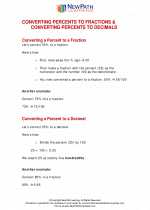
 Activity Lesson
Activity Lesson
 Activity Lesson
Activity Lesson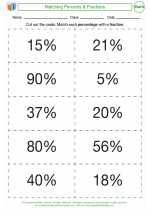
 Worksheet/Answer key
Worksheet/Answer key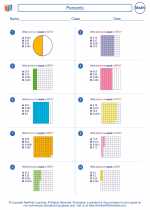
 Worksheet/Answer key
Worksheet/Answer key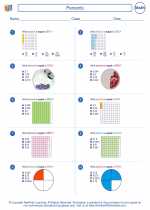
 Worksheet/Answer key
Worksheet/Answer key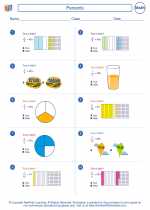
 Worksheet/Answer key
Worksheet/Answer key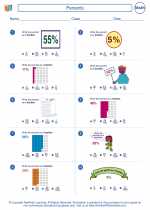
 Worksheet/Answer key
Worksheet/Answer key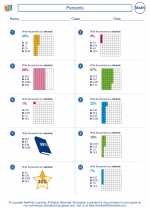
 Worksheet/Answer key
Worksheet/Answer key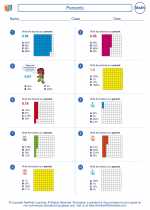
 Vocabulary/Answer key
Vocabulary/Answer key
